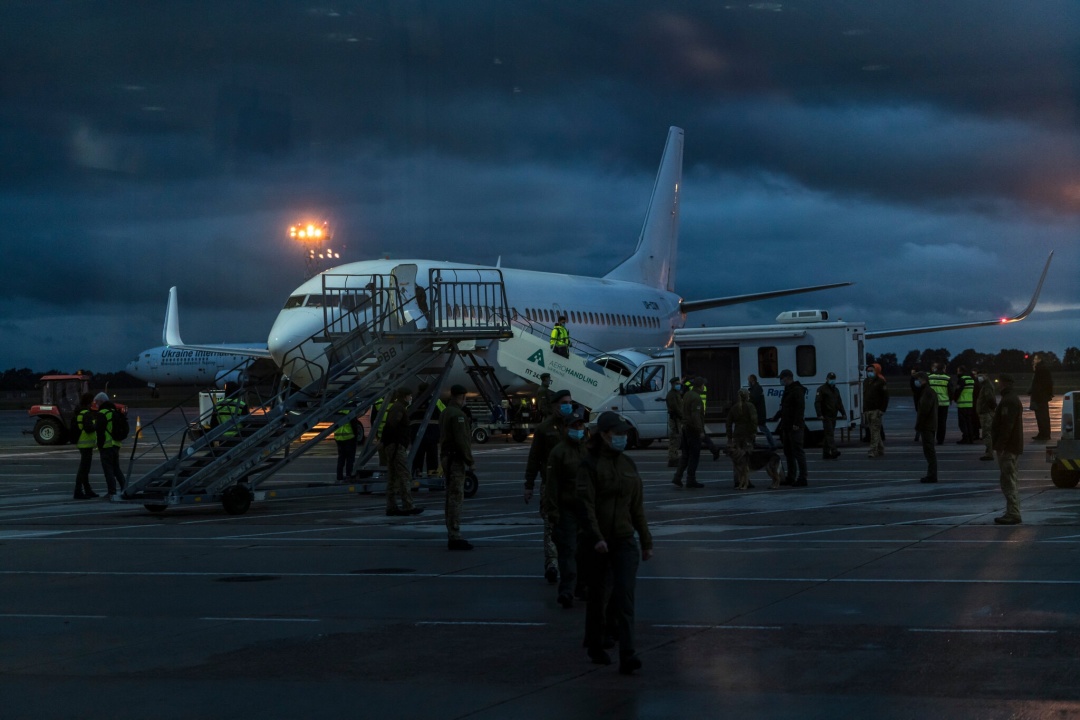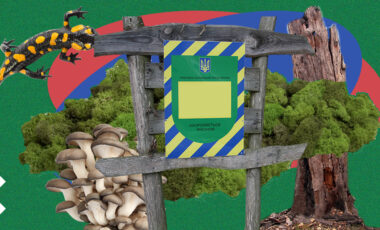The New York Times reports on Ukrainian rescue mission in Afghanistan

Photo: The New York Times
Ukrainian special forces managed to evacuate hundreds of Ukrainians and Afghans from Kabul as part of a rescue operation, details of which were published in The New York Times.
Ukrinform reports with reference to an article of the publication, "A Nervy Trip to Kabul: How Ukraine Negotiated With the Taliban and Rescued 96 Afghans."
"Without the U.S. security blanket — the last American C-17 cargo planes left at the end of August — few countries have been willing to hazard their planes and their people to continue evacuations, leaving thousands of at-risk Afghans with few options for escape. Enter Ukraine…" the article said.
It is noted that Ukrainian servicemen and military intelligence officers were preparing to fly to Kabul on September 16, from where they were going to evacuate about 100 people, citizens of Ukraine and Afghans who were in the high-risk zone. They have carried out similar rescue missions since the fall of Kabul in mid-August, but this was the first since the withdrawal of US troops.
The Ukrainian military was guaranteed that the plane would be able to land at Kabul airport, stay there unhindered while the evacuees boarded and flew. They were assured that the whole process would take only a few hours. However, it took them seven days, two trips to Kabul and long talks with the Taliban before the team returned home to Kyiv.
"For the Ukrainians, it was a crash course in dealing with a Taliban government struggling with internal division, bureaucratic chaos and a barely controlled inclination for violence. For days, the Taliban refused to release the people the Ukrainians hoped to rescue, repeatedly changing the terms of the evacuation deal, demanding official recognition from the Ukrainian government, and at one point threatening to commandeer the plane," the article reads.
The plane returned to Kyiv before flying back to Kabul on September 19. The military waited while the field team and officials in Ukraine held tense talks with Taliban officials.
"The biggest difficulty was that there was no hierarchical authority. Every person with some kind of badge is certain that he knows what is best. It took so long to resolve every issue," said one of the Ukrainian officers involved in the operation, who like others spoke only on the condition that his name not be used.

Photo: The New York Times
Even, at first glance, minor differences could destroy the entire mission, the newspaper writes. Ukrainians created a printed list of names of evacuees, where each family was highlighted in a different color. The Taliban refused to accept it, demanding only a black-and-white printout. It was later sent only in these two colors.
The head of the G.U.R. of the Ministry of Defense of Ukraine, Kyrylo Budanov noted that despite the departure of the US military from Afghanistan, the Ukrainian mission continues.
"Most countries in the West, in my opinion, won't do something if it's dangerous," he said. "We've been living with a war for seven years, so our understanding of what's dangerous is a little bit different," he said.
The publication notes that Ukrainian officials didn't provide details on how exactly they came out of the impasse. They referred to the help of Turkey, Pakistan, and Qatar, as well as to Wali Monawar, the ambassador to Ukraine from the previous Afghan government, who remains in office in Kyiv.
Eventually, the evacuation was successful; on the evening of September 23, a plane with Ukrainians and Afghans landed in Kyiv, and the flight became an "unexpected lifeline after many had given up hope of escape." Representatives of the Red Cross were waiting for the evacuees in the closed terminal of Boryspil International Airport.
The leadership of the Ministry of Defense of Ukraine and Ukrainian high-ranking officials plans to study the mission and determine how to make future flights to Kabul smoother.
As Rubryka reported, Ukraine evacuated more than 650 people from Afghanistan. Among the evacuees were citizens of Ukraine and other countries, including UN representatives, members of human rights organizations, employees of Global Mail, USA Today, The Washington Post, Stars and Stipes, and others, as well as people who cooperated with the coalition contingent.
Even though Ukraine didn't have its peacekeeping contingent in Afghanistan, it ranked eighth in the number of people rescued.






















































